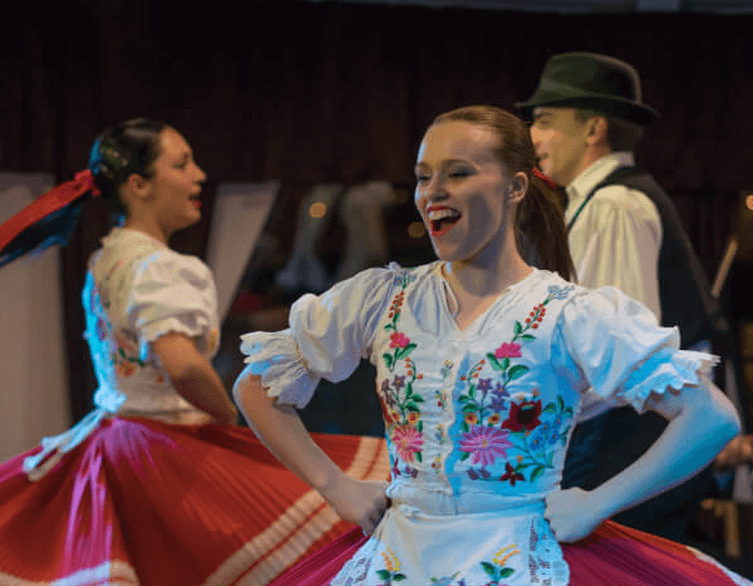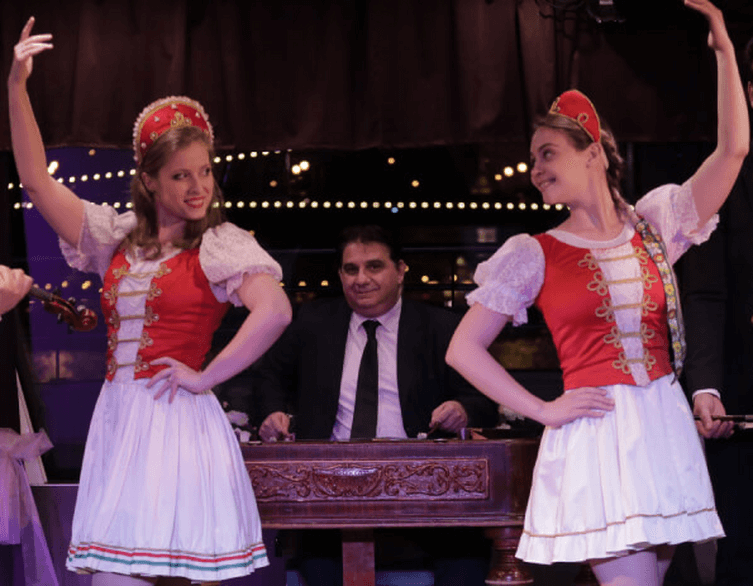Majális in Budapest: A Living Tradition of Spring, Community, and Renewal

Every year on May 1st, Budapest blossoms with the energy of Majális, a festival that seamlessly weaves together ancient spring rituals, folk traditions, and the city’s vibrant urban culture. For foreign visitors, Majális (May Fest) is more than just a public holiday-it’s a unique opportunity to experience a centuries-old celebration that continues to shape the city’s identity and bring people together in the heart of spring.
Ancient Roots: From Pagan Ritual to Folk Romance
The origins of Majális stretch back to the dawn of European spring celebrations. In ancient Rome, Floralia honored Flora, the goddess of flowers, with public games and floral decorations. Over time, these rituals merged with local customs across Europe and evolved into the May Day festivities we know today. In Hungary, the tradition of Majális and the iconic maypole-known as májusfa-has been documented since at least 1502, though its roots likely reach even further back into pre-Christian times.
The maypole is much more than a festive decoration. Traditionally, young men would secretly cut and decorate a tall, leafy tree or branch, adorning it with colorful ribbons, flowers, and sometimes gifts. Before dawn, they would place it in the yard of a young woman as a gesture of admiration or love. The type of tree, its height, and the colors of its ribbons all sent subtle messages about the relationship between the giver and the recipient. A green ribbon hinted at new romance, purple at a deepening relationship, pink signaled engagement, and white meant a wedding was soon to follow. Orange ribbons, on the other hand, symbolized familial affection rather than romantic intent.
The maypole could also serve as a symbol of community, erected in public squares, outside churches, or in front of community buildings. In these cases, its raising was a collective event, expressing unity and the renewal of nature. The ritual was often accompanied by friendly rivalry, music, and even playful contests between groups of young men vying for the favor of the village’s young women. Sometimes, the maypole was “danced out” at Pentecost, with the tree ceremonially taken down amid music, games, and feasting.
The Dual Nature of May 1: Spring and Labor
While Majális has ancient roots, its modern form in Budapest is closely tied to International Workers’ Day. The first May Day parade in Hungary was held in 1890, inspired by the global labor movement and the struggle for the eight-hour workday. This connection traces back to the 1886 Haymarket affair in Chicago, where workers striking for better conditions faced violent repression. The news of these events spread worldwide, and May 1st became a day of solidarity and commemoration for workers everywhere.
In Hungary, the day gradually took on political significance, especially during the socialist era. From 1946, May 1st became a state holiday marked by mandatory parades on Andrássy Avenue and Heroes’ Square. Tens of thousands marched with banners and placards, accompanied by music and speeches. After the official ceremonies, people would flock to City Park (Városliget) and other green spaces for picnics, games, and traditional festival foods such as sausages, pretzels, and beer. Even during these politically charged years, the essence of Majális as a joyful, communal spring festival endured.
May 1st is also significant in the Christian calendar. In 1955, the Catholic Church dedicated the day to Saint Joseph the Worker, making him the patron saint of laborers and craftsmen. This blending of ancient, secular, and religious traditions gives Majális its rich, multifaceted character.
Best deals of Budapest
Budapest’s Majális Traditions: From the 19th Century to Today
By the late 1800s, Majális had become a highlight of Budapest’s social calendar. The city’s parks-most famously Városliget (City Park) and Tabán-filled with crowds eager to welcome the new season. Activities included maypole raising, folk singing and dancing, and a variety of games and amusements. Colorful tents and stalls offered classic Hungarian treats like grilled sausages, lángos, chimney cake, and local beers, while carousels and fairground attractions delighted children and adults alike.
Városliget has been the epicenter of Budapest’s Majális since the mid-19th century. The first large-scale Majális here took place in 1857, drawing thousands for picnics, dancing, and games. Over time, Városliget became synonymous with May Day festivities, hosting everything from maypole-raising and folk music to colorful fairs and amusement rides. By the early 1900s, the event attracted tens of thousands, including visitors from across Hungary.
The park’s spacious meadows and shaded avenues create an ideal setting for open-air celebrations. Traditional elements, such as maypole dancing and folk performances, blend seamlessly with modern attractions like live concerts, street food, and family-friendly activities. The enduring appeal of Városliget’s Majális lies in its ability to combine rural customs with the energy of city life.
Majális in Contemporary Budapest
Since the political changes of the 1990s, Majális in Budapest has become freer, more diverse, and more inclusive. The focus has shifted from official parades to community-driven festivals, cultural programs, and family gatherings. Today, Majális is a true celebration of freedom, spring, and togetherness, with events taking place in parks and public spaces across the city.
In recent years, Városliget’s Majális has taken on a festival atmosphere, with thematic stages for children’s programs, folk and popular music, street food zones, and wellness activities like yoga and fun runs. The maypole-raising, folk games, and craft demonstrations continue, but now they are joined by concerts, food trucks, and family picnics. The event draws families with strollers, cyclists, and dog walkers, all enjoying live music, playgrounds, and a friendly, festive mood.
Practical Tips for Visitors
May 1st is a public holiday in Hungary, so most shops, markets, and museums are closed, though thermal baths remain open with special hours. Public transport operates on a holiday schedule, making it easy to reach festival venues across the city. Admission to most Majális events is free, ensuring everyone can join the festivities.
Experience Budapest’s Majális
For foreign visitors, Majális is a perfect chance to experience Budapest at its most joyful and communal. From the ancient symbolism of the maypole to the lively concerts and family picnics in City Park, the festival offers a unique blend of tradition and modernity. Whether you’re sampling local street food, joining a folk dance, or simply soaking up the festive atmosphere, Majális invites you to celebrate the renewal of nature and the enduring spirit of Budapest. With free entry to most events, a city-wide array of programs, and the unmistakable buzz of spring in the air, Budapest’s Majális is an experience not to be missed.

















